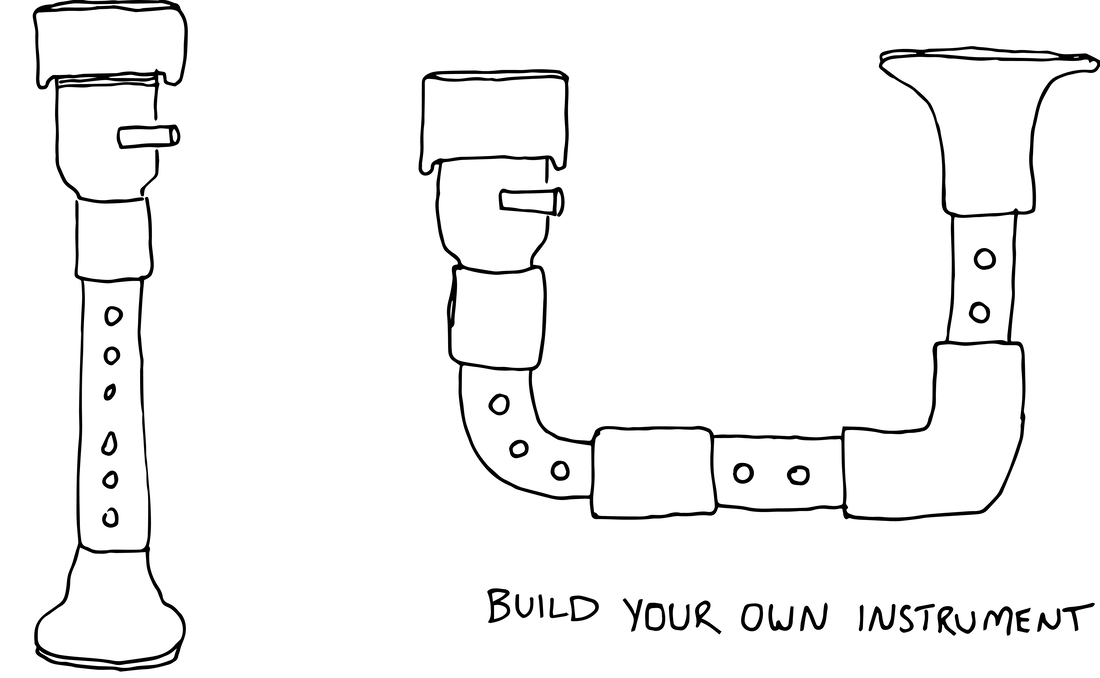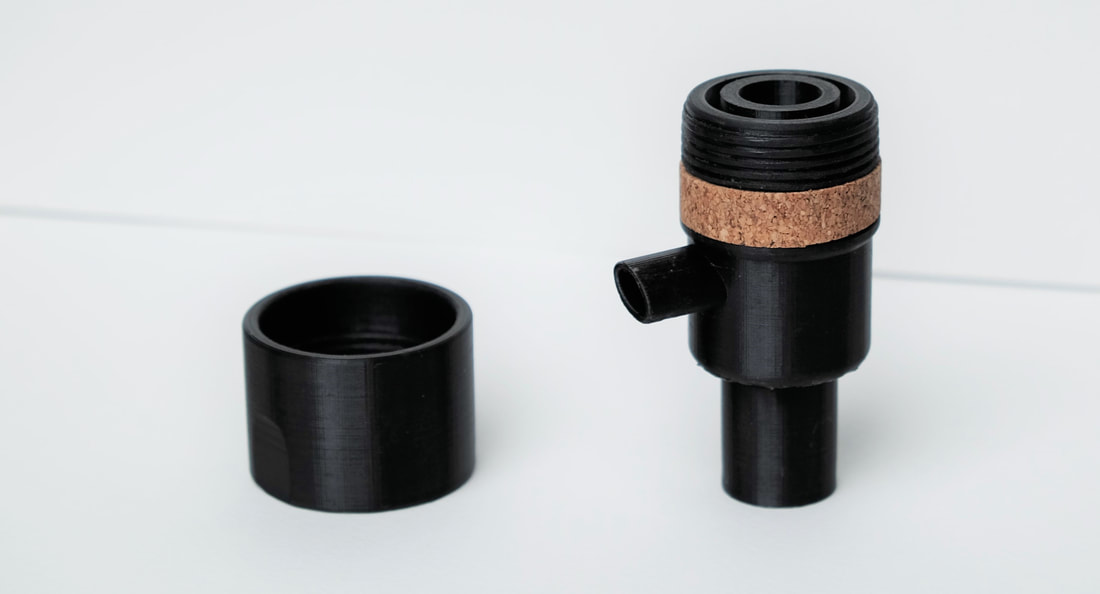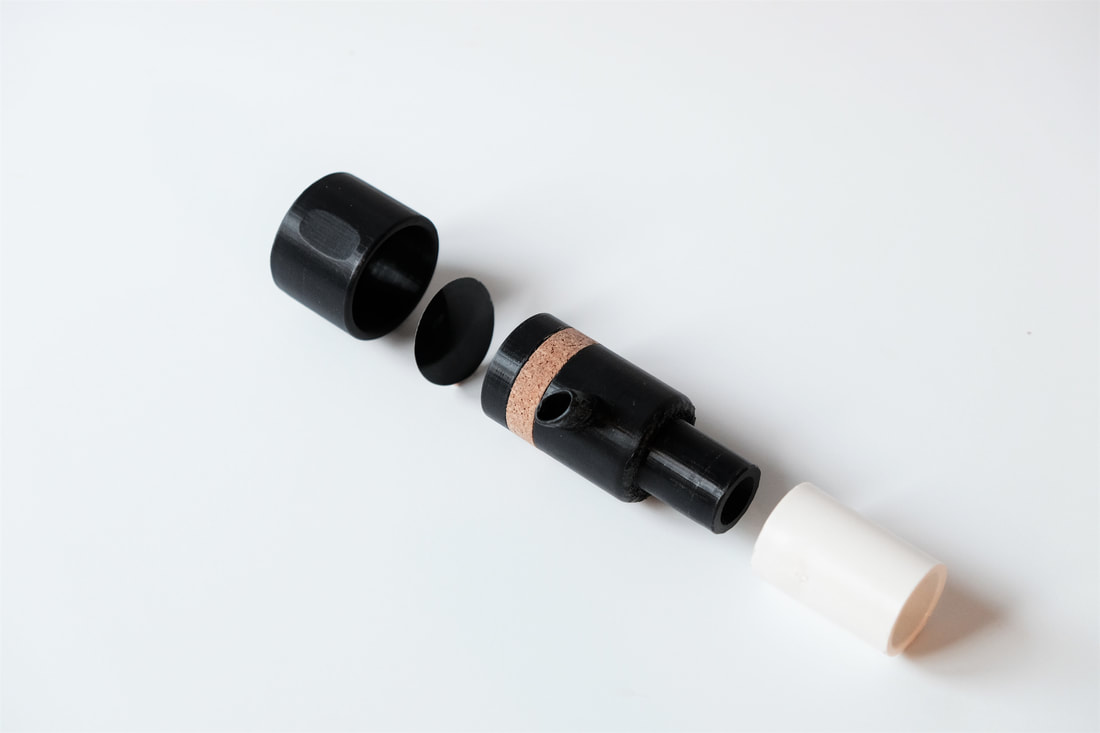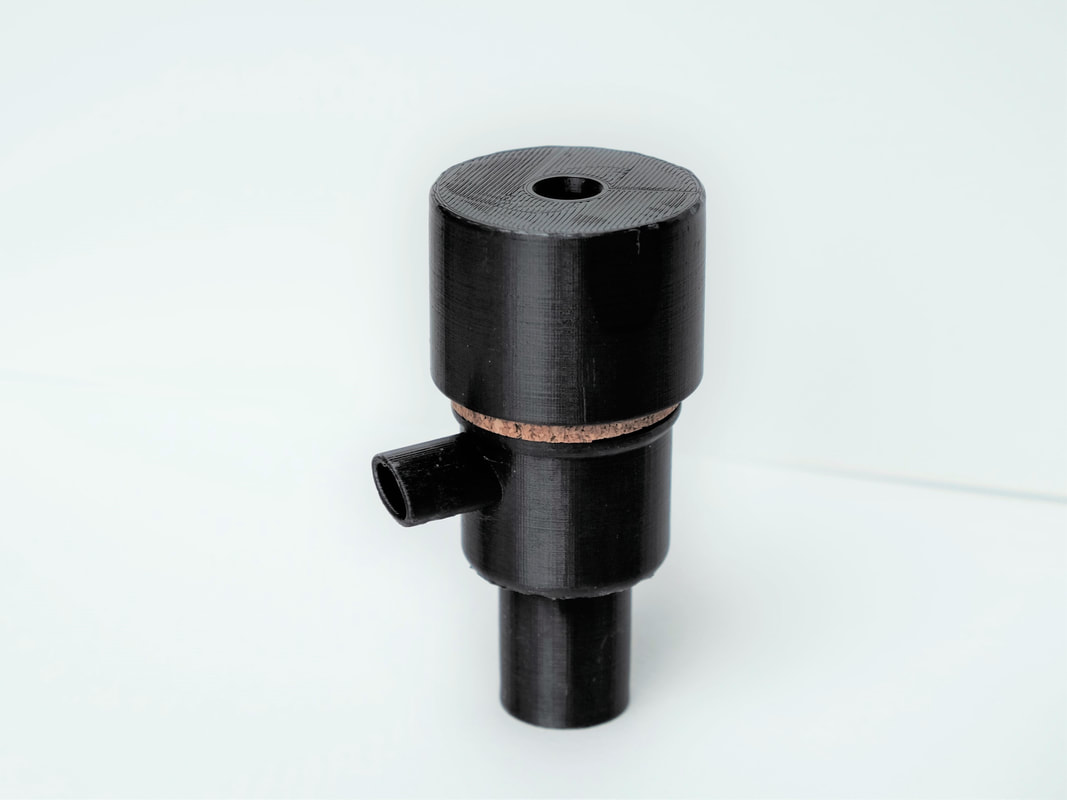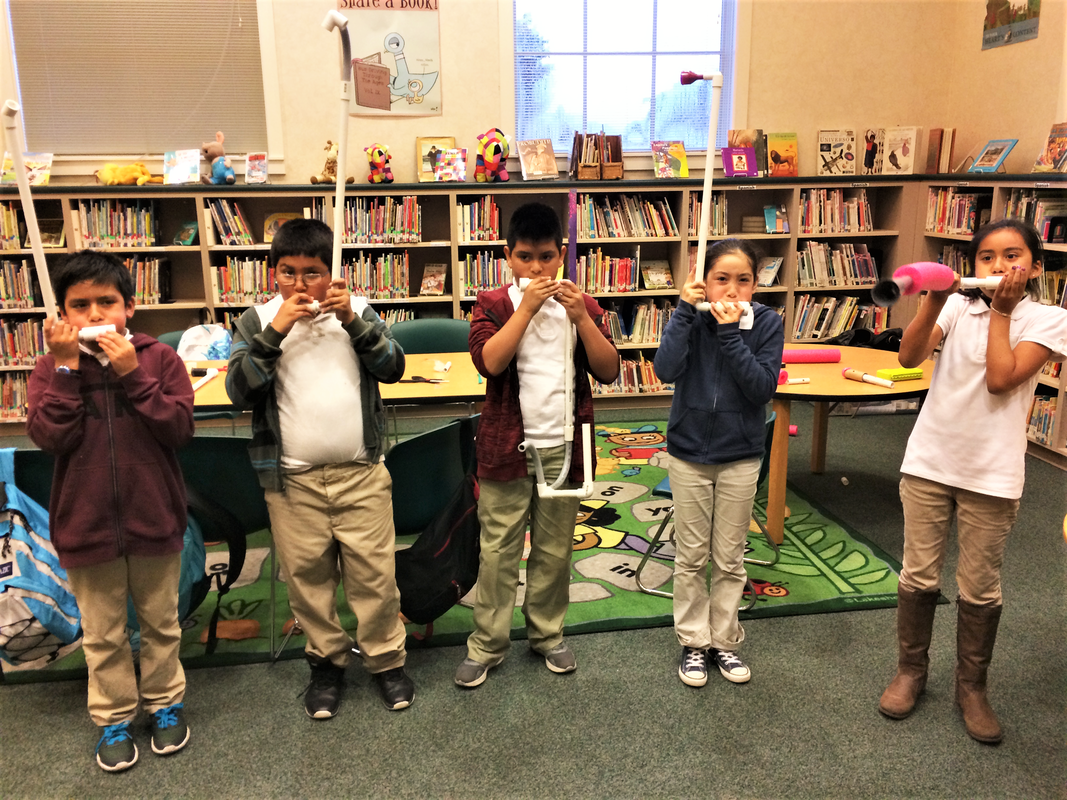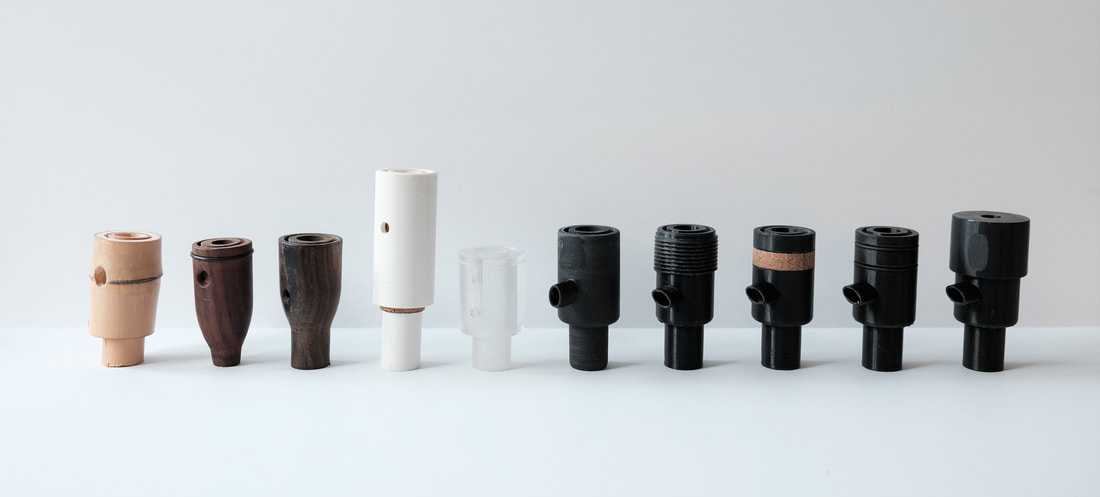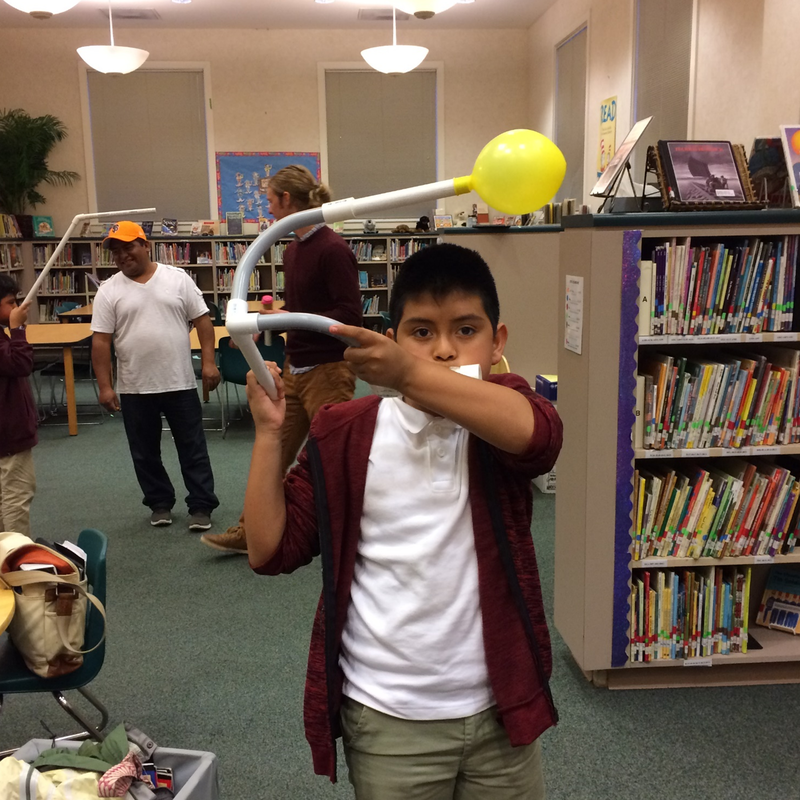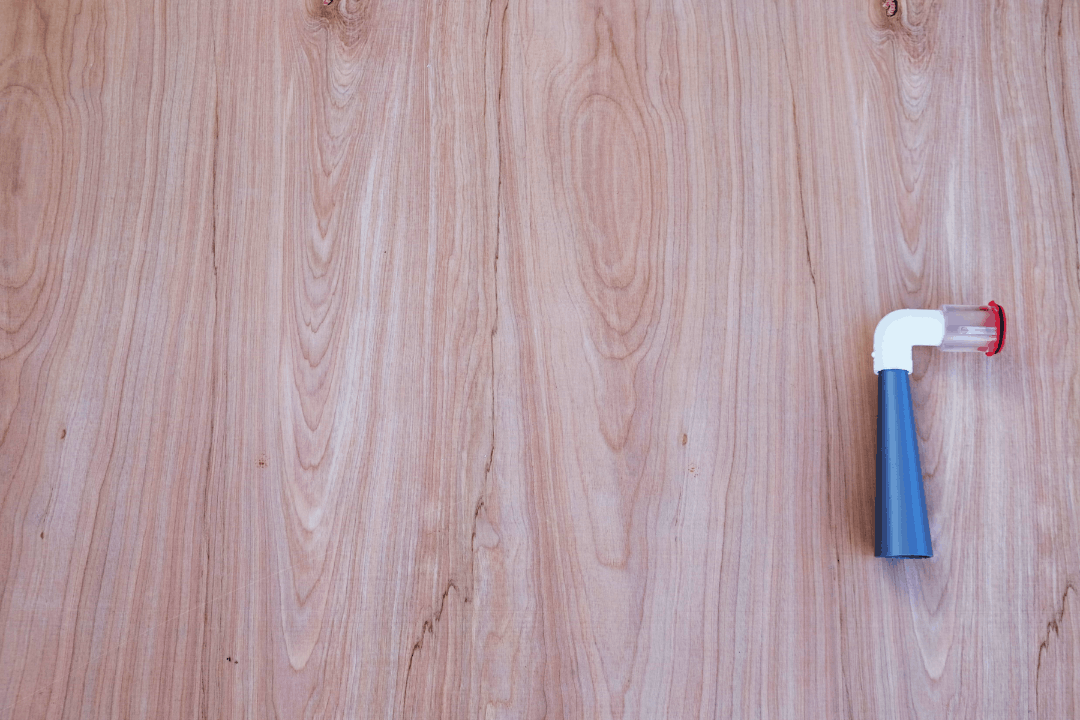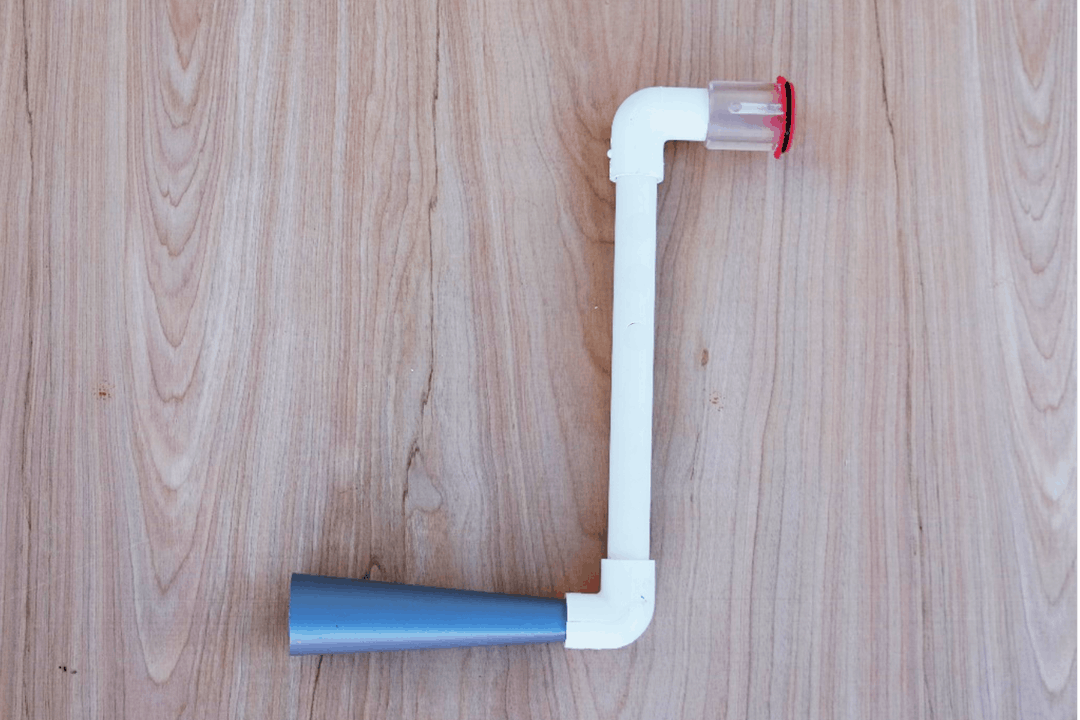|
|
|
The Need:
When elementary school children begin learning a musical instrument, the experience is often accompanied by the anxiety of matching personal and parental expectations, fear of failure, and lack of confidence when compared to a long-standing instrument tradition. Self-expression and the development of a personal voice is put on pause while a child learns instrumental technique and musical grammar. Instruments are often expensive for schools and parents and are extremely intricate, making them difficult and expensive to repair. |
|
The Goal:
The flarinet project aims to create a musical instrument system that is low-cost, intuitive to play, beautiful sounding, and fun to experiment with. If children can easily build and personalize their own instruments, maybe they can also have more ownership and agency in their own musical learning journey and can approach musical expression with a more playful and curious mindset. Imagine if children could customize an instrument that mirrored their personality? |
|
The Process
The flarinet was inspired by a simple children’s toy instrument made from everyday materials: a balloon, a soda bottle, a sheet of paper, and a straw. My goal was to discover a way to hone this mechanism - focusing and improving the tone, making it intuitive to use, and designing it to interface with readily available materials. I began first by testing the design with range of materials from bamboo and wood to acrylic and PVC, but soon transitioned into 3D-printed PLA, where I could easily iterate and improve the design. |
|
How the Flarinet Works
The flarinet mouthpiece consists of 3 parts: a circular reed, mouthpiece, and cap. The reed, cut from common acetate film, is easily interchanged allowing children to experiment with reeds made from a range of materials and timbres- from stuffy to buzzy. The mouthpiece, designed with fine threads, allows children to customize the reed's resistance by simply screwing or unscrewing the cap to place the desired pressure on the reed. The cork barrier creates an air-tight seal that makes sure the child's air doesn't escape while playing. The mouthpiece easily fits within a child's mouth and requires no learned embouchure to generate a beautiful note on the instrument. An Instrument That Grows with a Child I was lucky enough to be able to share flarinet prototypes with elementary school children in a low-income San Jose school district. Children were tasked with first building their PVC mouthpieces and then challenged to customize their own instruments. Instruments became more complicated only after children developed confidence in simpler instruments. The workshop culminated in a miniature flarinet orchestra, each student playing an instrument of his or her own design.
With this mouthpiece, children begin with a beautiful tone and a not-so-precious instrument, helping them to immediately dive into musical collaboration, discover simple acoustic principles, and develop personal expression.
|
